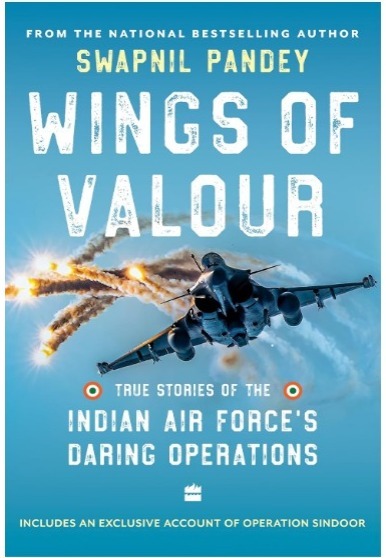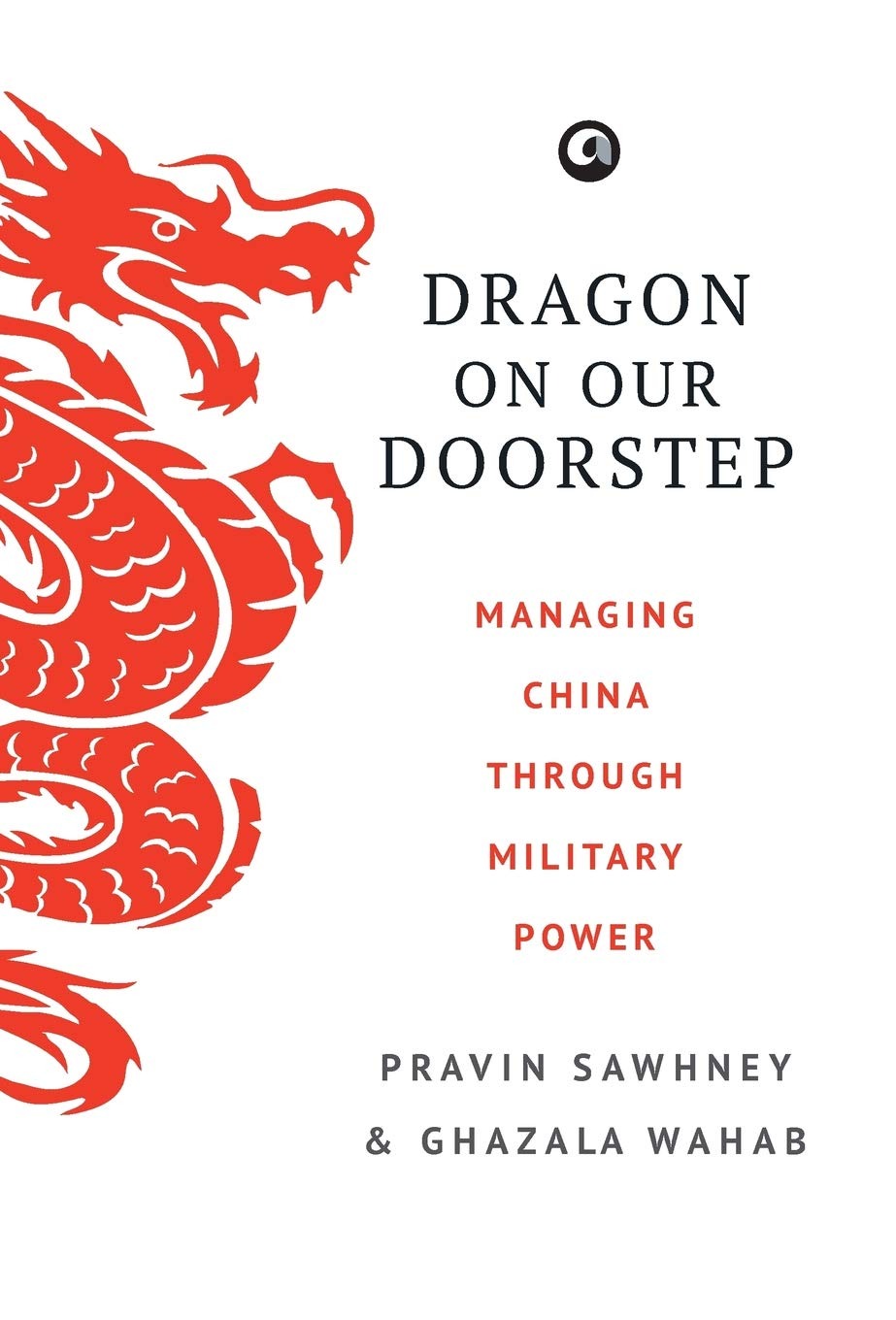Red Letter Days
 Swapnil Pandey
Swapnil Pandey
By the morning of 8 May, it was clear-India wasn’t just responding, it was reshaping the battlefield while also changing the precedence for India’s response to terror. In a cold, calculated response to the senseless Pakistani escalation and attempts to terrorize the general populace of India, Indian forces stuck deep—not only tactically, but symbolically. An air defence system near Lahore, one of Pakistan’s most significant urban centres, were obliterated. The message was unmistakable: nowhere was safe—not even Lahore. As tensions mounted, Pakistan upped the ante. On 8 and 9 May, its military violated Indian airspace multiple times across the western border and intensified heavy-calibre shelling along the LoC. The conflict, which had already lit up the skies, now fully embraced the new age of warfare.
Various reports across Indian and Pakistani news portals stated that Pakistan deployed between 400 to 500 drones—many Turkish made models—intruding across thirty-six locations from Leh to Sir Creek. Among them, one armed UAV made a brazen attempt to target the Bathinda military station—but it never made it. Indian Air Defences intercepted and neutralized it before impact.
Along the LoC, Pakistan rained artillery and drone strikes on Tangdhar, Uri, Poonch, Mendhar, Rajouri, Akhnoor, and Udhampur, resulting in some casualties and injuries on the Indian side. But India was far from helpless. Utilizing an arsenal of cutting-edge unmanned systems, India not only defended its territory but struck back with deadly precision. Many Pakistani drones were brought down using a mix of kinetic and non-kinetic means.
Pakistani provocation and escalation continued, with short-range surface-to-surface missiles targeting Udhampur and Pathankot airbases as well. That was w
Subscribe To Force
Fuel Fearless Journalism with Your Yearly Subscription
SUBSCRIBE NOW
We don’t tell you how to do your job…
But we put the environment in which you do your job in perspective, so that when you step out you do so with the complete picture.







